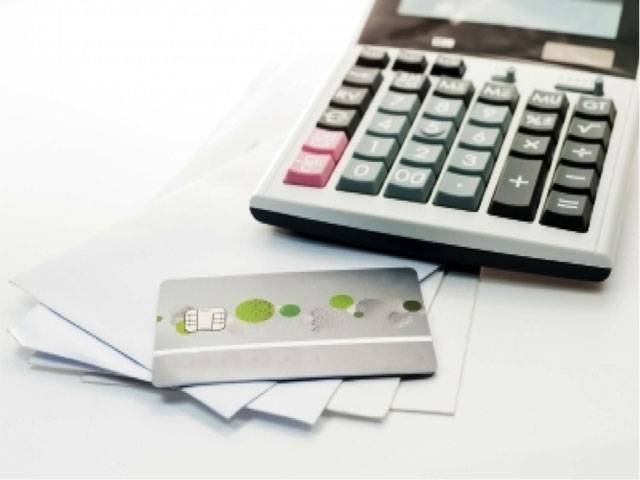ISLAMABAD - The incumbent government is following the policies of its preceding government in terms of taking massive loans, asPakistan’s public debt enhanced by Rs 968 billion in three months (July-September) of the current fiscal year, taking overall debt to Rs 15.334 trillion.
According to Debt Policy Statement 2013-14,Pakistan’s overall public debt has reached to 15.334 trillion by end September 2013. Public debt registering an increase of Rs.968 billion or 7 percent in first three months of the current fiscal year. This rise in public debt is attributed to increase in domestic debt by Rs.641 billion and external debt by Rs.327 billion. Meanwhile, country’s debt enhanced by Rs 311 billion owing to the 6.4 percent rupee depreciation against US dollar.
The break-up of overall public debt Rs 15,334 billion showed that domestic debt stood at Rs 10,158 billion and external debt at Rs 5,176 billion. Public debt to GDP was recorded at 62.7 percent as onJune 30, 2013which is above the threshold of 60 percent as prescribed in the Fiscal Responsibility and Debt Limitation Act, 2005. Crossing of this threshold by 2.7 percent was mainly due to the actual deficit being higher than projected.
The government is heavily depending on domestic debt specifically banking system, as external financing had dried up. Government borrowing from domestic sources in 2012-13 was actually higher than the overall fiscal deficit as net external debt payments had to be paid from domestic sources owing to insufficient fresh external inflows. In effect,Pakistan’s domestic debt increased by Rs.1,880 billion and reached at the level of Rs.9,517 billion or 41.5 percent of GDP at end-June, 2013 compared with 38 percent at the end of last fiscal year.
The domestic borrowing which resulted in gradual increase of its share to around 66 percent of the total public debt compared to 51 percent in 2008-09. The built-up in domestic debt is mainly attributed to large fiscal deficits and absence of sufficient external inflows during past few years.
Referring to the external sector assessment, the Debt Policy Statement saidPakistan’s Balance of Payment remained under stress during 2012-13 owing to heavy repayments against IMF loans, net outflow to other International Financial Institutions (IFIs) and subdued foreign investments. In absence of sufficient financial inflows, the financing of external deficit amounting $2 billion and IMF SBA repayments of $2.5 billion was done through liquid foreign exchange reserves due to which SBP reserves fell down from $10.8 billion at the start of the year to around $6 billion at the end of 2012-13.
The balance of payment remained under stress despite the improvement in the current account which posted a deficit of $2.5 billion in 2012-13 which was nearly the half of the deficit recorded last year. The current account was supported by inflows of $1.8 billion under CSF and a decline in trade deficit. Inflows under current transfers continued to compensate the deficits recorded in trade, services and income account. Over the past few years, worker remittances have become the most important source of foreign exchange receipts. The launch of Pakistan Remittances Initiative (PRI) has helped in increasing the remittances coming through official sources considerably from 75 percent in 2009-10 to 90 percent in 2012-13.






